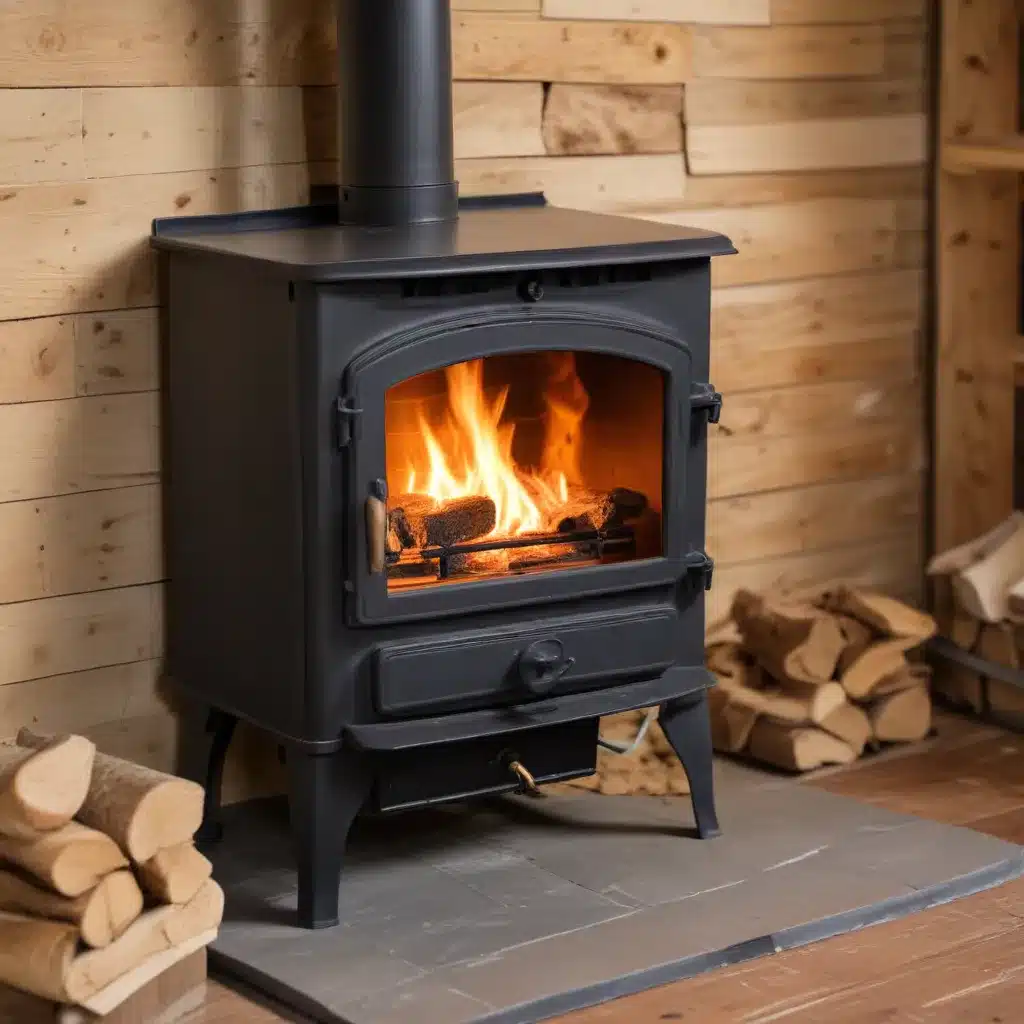
Unlock the Full Potential of Your Wood Stove
As a seasoned expert in wood stoves and heating solutions, I’ve witnessed the transformative power of maximizing the efficiency and output of these trusty home heating companions. Whether you’re looking to save on your energy bills, reduce your environmental impact, or simply enjoy the cozy ambiance of a crackling fire, there are several budget-friendly techniques you can employ to get the most out of your wood stove.
In this comprehensive guide, we’ll explore practical tips and in-depth insights to help you unlock the full potential of your wood stove, ensuring you stay warm and toasty all season long without breaking the bank.
Harness the Power of Thermal Mass
One of the most effective ways to enhance your wood stove’s heating performance is by incorporating thermal mass. Thermal mass refers to materials that can absorb and store heat, slowly releasing it over time, providing a more even and sustained heating output.
According to the discussions on the Permies.com forum, a simple and affordable solution is to create a gravel rock tower around your wood stove. By stacking a layer of gravel or stones around the base of your stove, you can significantly increase the thermal mass, allowing the stove to radiate heat for longer periods. This method is particularly useful for homes with limited floor space, as the gravel tower takes up minimal footprint while providing impressive heat-retaining capabilities.
Another option to consider is the use of repurposed materials, such as bricks or even discarded granite countertop scraps, as suggested by one of the Permies.com community members. These durable materials can be strategically placed around the stove to create a thermal mass, enhancing the overall heating efficiency.
Optimize Chimney Performance
The efficiency of your wood stove is heavily dependent on the performance of your chimney. As discussed on the r/woodstoving subreddit, the height and condition of your chimney can significantly impact the amount of creosote buildup and overall heat output.
If you have a taller chimney, such as one that extends 25 feet or more, it’s essential to be mindful of the potential for cooler temperatures at the top. Cooler chimney temperatures can lead to increased creosote buildup, which can compromise the performance and safety of your wood stove system.
To address this, consider consulting with a professional chimney sweep or a reputable stove installer to assess your specific setup and determine the best course of action. They may recommend options like installing a chimney liner or adjusting the stove’s operation to maintain optimal chimney temperatures and minimize creosote accumulation.
Embrace the Benefits of Non-Catalytic Stoves
While catalytic wood stoves have gained popularity for their ability to burn wood at lower temperatures and achieve higher efficiency, there’s an ongoing debate about their long-term performance and maintenance requirements.
As highlighted in the r/woodstoving discussion, some contractors caution against catalytic stoves, citing concerns about increased creosote buildup and the complexity of maintaining the catalytic combustor. This is particularly relevant for homeowners with longer, colder chimneys, where lower chimney temperatures can exacerbate creosote issues.
In such cases, a non-catalytic wood stove may be a more budget-friendly and hassle-free option. These stoves, while potentially less efficient in terms of low-temperature, long-duration burns, can still provide impressive heating output and may be easier to operate and maintain, especially for occasional or part-time users.
Explore Fireplace Retrofits and Inserts
If you’re working with an existing fireplace, there are several budget-friendly options to consider that can significantly improve its heating performance and efficiency.
As showcased in the Home on Oak blog, a simple DIY fireplace makeover can include updates like adding a firebox liner, upgrading the damper, or installing heat-reflecting panels. These modifications can enhance the fireplace’s ability to radiate heat into the living space, making it a more effective and economical heating source.
Another option to explore is the installation of a wood stove insert, as mentioned in the Reddit discussion. These compact, high-efficiency units are designed to fit directly into your existing fireplace, transforming it into a powerful and controlled heating system. While the initial investment may be higher than a traditional stove, the long-term energy savings and improved heating capabilities can make it a worthwhile investment.
Maintain and Optimize Your Wood Stove
Proper maintenance and operation are crucial for maximizing the efficiency and longevity of your wood stove. Regularly cleaning the stove, inspecting the chimney, and ensuring the proper airflow can all contribute to optimal performance.
One key aspect to consider is the importance of burning dry, seasoned wood. Wet or unseasoned wood can lead to increased creosote buildup, reduced heat output, and even potential safety hazards. Investing in a moisture meter and properly storing your firewood can make a significant difference in the performance and efficiency of your wood stove.
Additionally, familiarize yourself with the specific operation and maintenance requirements of your wood stove model. This may include understanding the proper air intake settings, cleaning the catalytic combustor (if applicable), and monitoring the stove’s performance to make any necessary adjustments.
By implementing these budget-friendly tips and best practices, you’ll be well on your way to maximizing the heating output of your wood stove, reducing your energy costs, and enjoying the cozy, sustainable warmth it provides throughout the colder months.
Remember, the team at https://woodstoveheaters.com/ is always here to provide additional guidance and support as you optimize your home’s heating solution.


